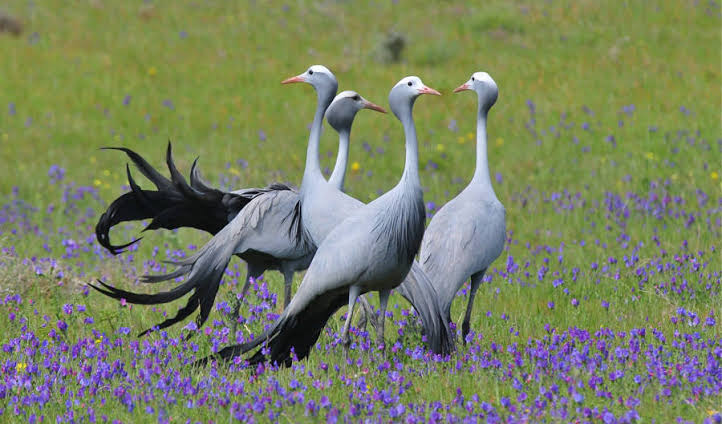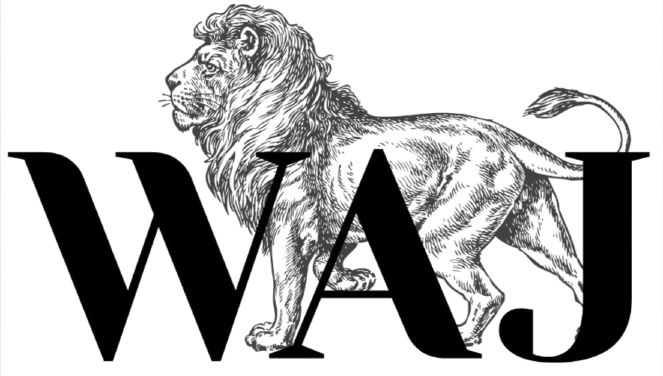In a groundbreaking move, the International Crane Foundation, in partnership with the Endangered Wildlife Trust, has launched a significant carbon offset project aimed at preserving crucial crane habitats in South Africa’s Drakensberg region. This initiative is one of just six globally registered under the Voluntary Carbon Market Methodology and is the largest conservation effort of its kind in the country.
The project, endorsed by VERRA, the premier climate action standards organization, and managed by WeAct, an Australian firm with expertise in carbon project management, focuses on protecting three endangered crane species: the Wattled, Blue, and Grey Crowned Cranes.
Using a sustainable financing model, the project generates revenue through the sale of carbon credits. These funds are reinvested into land management practices that improve ecosystem health, support crane populations, and enhance biodiversity. The initiative addresses major threats like mining, infrastructure development, invasive species, uncontrolled fires, and agricultural expansion that have led to habitat loss and challenges for local communities.
For over 15 years, the International Crane Foundation has been working in the Drakensberg region to counter these threats and preserve the area’s unique ecological balance, which is vital for both cranes and local inhabitants.
Pieter Both, Carbon and Sustainable Agriculture Project Manager, emphasized the high costs associated with greenhouse gas removal and soil improvement, which often exceed what individual landowners can afford. The project aims to mitigate this financial burden, offering a cost-effective alternative to combat global warming.
Spanning 90,000 hectares (approximately 222,000 acres), the initiative includes nearly 88,500 hectares managed by the Foundation and Trust as a Carbon Management Entity. This Entity is responsible for managing critical areas through biodiversity stewardship agreements with local landowners.
Botha noted, “Carbon trading is not commonly discussed among farmers as it is not part of their daily routines.” Many landowners are unfamiliar with the concept, requiring thorough explanations and negotiations to demonstrate the project’s benefits. Securing their commitment can be a lengthy process. This initiative seeks to offset conservation costs, providing vital support to farmers who face numerous challenges without government aid or subsidies.
The project features a four-year cycle for carbon credit verification and issuance, with a planned 30-year commitment and expected substantial revenue.
Botha concluded, “We believe this innovative approach will not only mitigate the impacts of global warming but also create resilient habitats for crane populations. By increasing soil carbon levels, we support our dedicated farmers and advance conservation efforts.”

